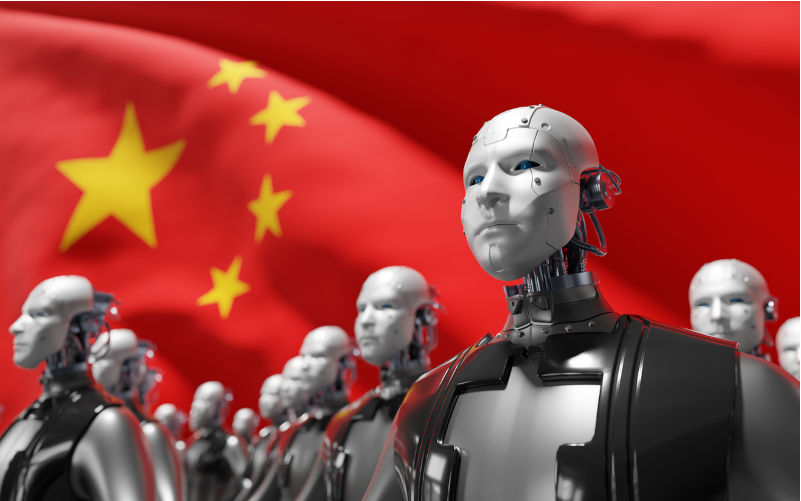AI and robotics expected to play a big role in China’s next 5-year plan
June 13, 2025
China is likely to leverage advanced technology to boost manufacturing, achieving self-sufficiency while becoming an indispensable exporter.
China’s five-year plan has evolved beyond a command-economy production schedule. It now represents a comprehensive vision for the country’s economic future, accompanied by strategies and policy guidelines.
As Beijing’s planners draft the next five-year plan for 2026-2030, a general consensus is emerging: development and economic growth remain paramount. In particular, China is seizing the opportunity to bolster its “hard power” through manufacturing capabilities and advances in artificial intelligence.
The coming plan is likely to reinforce existing policies that prioritise production. Under themes such as “high-quality development” and “new quality productive forces”, China is striving to solidify its position as a dominant industrial power integrated into the global economy. Its share of global manufacturing, currently at 30%, could increase as the country has a clear competitive advantage in this area.
China’s successful track record in building unparalleled manufacturing capabilities across various industries — from electric vehicles to industrial robots — has strengthened Beijing’s belief that it is on the right path.
Its significant control over the rare earths trade shows how even a traditionally polluting industry can be transformed into a strategic asset. Amid US-China trade negotiations in London, talks of a potential “rare earth for chips” deal — whereby China would ease rare earths export controls in exchange for relaxed US chip export restrictions — have gained traction on Chinese social media.
At the same time, China is trying to remove so-called choke points in its supply chains, particularly in advanced chips. While its “whole nation” approach to addressing these vulnerabilities may lead to wasteful duplicate investments, the combination of state support and fierce market competition is enabling China to tackle one bottleneck after another.
In a broader context, China is progressing toward its strategic goal of achieving self-sufficiency. Efforts by the US to contain China’s technological advancement through hardware restrictions and talent exchange barriers are unlikely to yield the intended results.
A recurring phrase in Beijing’s official documents is a colloquial saying that China “must get its own things done” in response to external challenges. This inward-looking stance aims to minimise external shocks.
On one hand, China seeks to become strong enough that the world has to rely on it; on the other hand, it aims to reduce dependence on external resources and be able to stand on its own. China’s assertion that it is closer than ever to national rejuvenation stems from its deeply held belief that the goal of “basic realisation of socialist modernisation” is within reach, barring significant disruptions such as war or civil unrest.
China has expressed growing confidence in its growth model. In the 1990s and early 2000s, the emphasis was on shifting to a model focused on domestic consumption for sustainable development, while being wary of the risks of overcapacity.
Today, however, China has become more reluctant to acknowledge overcapacity issues. In contrast, it sees the potential to export surplus products as a viable option. The rationale is that if Toyota is able to sell 90% of its cars abroad, what’s stopping Chinese manufacturers from doing the same?
Consequently, the imbalance between production and consumption in China is expected to worsen, leading to deflationary pressures and excessive competition. The government is urging businesses to avoid “involution” — an unhealthy cycle of excessive competition — yet this phenomenon is more a symptom of structural problems than a conscious choice.
Looking ahead to 2030, it will be fascinating to observe China’s trajectory. The country is poised to enhance its manufacturing capabilities through the adoption of robotics and other new technologies. However, domestic consumer spending is likely to remain subdued because of persistent deflation and high unemployment, particularly among youth.
Republished from South China Morning Post, 10 June 2025
The views expressed in this article may or may not reflect those of Pearls and Irritations.
